Tessellated circuits made of colored metals
This artistic project is situated between aesthetics and functionality. Beautiful colored metals are cables between electronic components
This artistic project is situated between aesthetics and functionality. Beautiful colored metals are cables between electronic components
To make the experience fit your profile, pick a username and tell us what interests you.
We found and based on your interests.
Schematic_ElectTessell-Good_Sheet-1_20181222210452.pdfSchematic for the Electrical Tessellation ArtworkAdobe Portable Document Format - 54.39 kB - 12/22/2018 at 20:07 |
|
|
"8-bit tribute" (2017)
Pixel art of the famous sprite of the Sonic The Hedgehog for the 8-bit sega consoles. This artwork recreates musically the Green Hill stage using the famous SN76489 chip (3 square waved voices and 1 noise voice) used in the SEGA Master System, Game Gear and Megadrive/Genesis.
This interactive artwork can be controlled with a IR distance sensor and 3 different LED colors guide the viewer through Green Hill trying to get the rings, the chaos emerald and finally arriving successfully at the end of the stage.
"8-bit Tribute" - working with pixels
- "Kepler's Tessellation" (2016)
It uses the pentagon-decagon-five point star combination studied by Johannes Kepler. Copper and niobium pieces are completed by two Pentagon spirals made of titanium that act as speakers. Distance sensor triggers a Chopin's sonata that it is only performs with the right tempo at a fixed distance. If this is missed then both speakers play asynchronously for the rest of the time.
- "Bytestream music on canvas" (2016)
2 random pieces of 6 seconds one-line algorithmic music are generated every time the photoresistor is activated. 6 LEDs fade in and out randomly and simultaneously. 2 Simple code lines define complex patterns of music and light. All this complexity grows on a hexagon-square-triangle tessellation made of heat-colored copper. The speaker is made of a hexagonal spiral of copper in the center with a big neodymium magnet behind.
- "Private self portrait" (2017)
It is made of three elements. Liquid Crystal panel, distance sensor and copper band. The more you get closed to the face, the less you can see the eyes.
Nowadays all of us share our selfies without too much thinking in our social networks but on the other side we are at the same time more reluctant to leave other people entering in our private sphere.
- "Decagon's sonata" (2017)
It is based on the Moonlight sonata by Beethoven played in an old FM chip like YM2413. In parallel 10 OLEDs are playing 5 different hypnotic animations that can be controlled through a Sharp IR distance sensor.
- "Rhythmic Windmills (2016)"
A randomly selected rhythm is activated when the metal colored windmill turns. The SMD LEDs of different colors are lighted up with the three different sound elements: high-pitched square wave, low-pitched square wave and noise. When the three windmills are played together, more complex rhythms are created. Every windmill is made entirely out of one metal, copper (brown and gold tones), titanium (blue, gray and purple) and niobium (green, blue and pink)
From Wikipedia:
"Niobium, formerly columbium, is a chemical element with symbol Nb (formerly Cb) and atomic number 41. It is a soft, grey, ductile transition metal, which is often found in the pyrochlore mineral, the main commercial source for niobium, and columbite. The name comes from Greek mythology: Niobe, daughter of Tantalus since it is so similar to tantalum."
Small amounts of niobium are added to steel to drastically increase its strength, to make superconductors and in jewellery thanks to it is hipoallergenic.
However, the thin film oxide that grows on the surface of the metal during anodization produce gorgeous colors.
And what do you need for anodization?
- A metal to be anodized connected to the positive of the power supply --> Niobium
- A metal that cannot be corroded connected to the negative of the power supply --> i.e. stainless steel
- A power supply up to 120 V and able to deliver at least 3 A.
- And finally an electrolyte where the metals can be immersed. In this case...diet coke????!!!!! --> Yes, because it contains phosphoric acid that it is mainly used in the anodization industry.
With all these elements and just changing the voltage you can obtain the following colors (from left to right and from top to bottom, beginning with 5V and 5V steps):
I have uploaded the Arduino IDE code used in the artwork in GitHub. The key part of the code is the VGM player used for playing the VGM files created with the Deflemask tracker. The songs are copied in C format directly from the VGM files and it is copied at the beginning of the file. The rest of the code read the temperature from the IR thermometer and trigger the different events (songs and leds combination) when the viewer interact with the artwork.
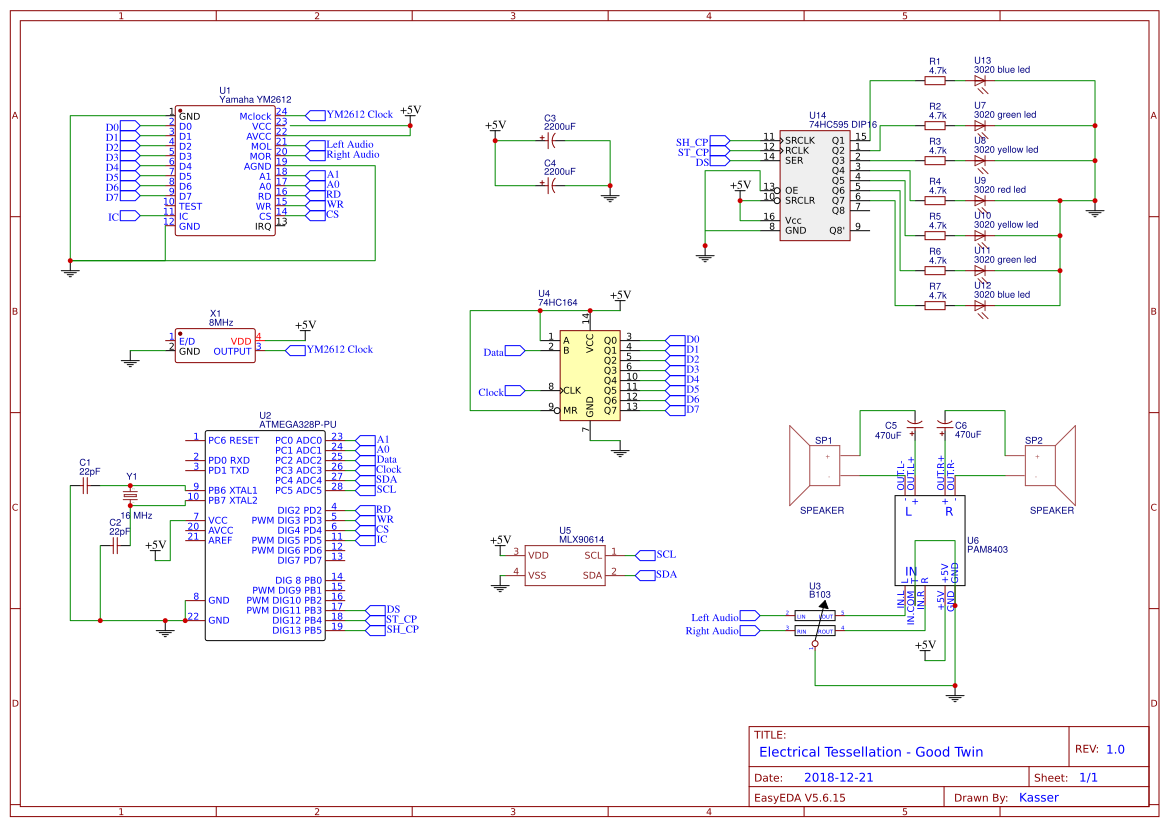
Yamaha YM2612 and YM3438 are fantastic FM chips which usage is widely documented. The only thing they need is a microcontroller to send the correct information to every register and set the different parameters of the FM synthesis. In this artwork this task is carried out by the omnipresent ATMega328p. The way the viewer interact with the artwork triggering the different events is through an IR thermometer MLX90614 that can be controlled with I2C
The ATMega328p is supported with two ICs 74hc595 and 74hc164 to increase the number of GPIO pins needed for the YM2612 (16 pins) and the 7 SMD LEDs.
The audio output is amplified thanks to the PAM8403 Class D amplifier reducing the power usage required.
Create an account to leave a comment. Already have an account? Log In.
Hi Kasser! This project looks incredible!
I could see this on a wall in a building - maybe some kind of "hello the elevator is here" signal. Now I've added making a tessellated wall piece to my long list of want-to-makes :)
My goal is going bigger and bigger. I will start with 1 meter x 1 meter canvas soon and then I will try really bigger ones like 2 meters x 2 meters.
This fits well with this years DEFCON theme; https://defcon.org/ "So, we offer you 'Technology's Promise'. It's a break from the dystopian imagery into a major-key, blue-sky thoughtscape, full of color and light. It's a future where we have tamed some of the more intractable problems that plague us in the present, where technology supports and inspires instead of controlling and surveilling."
I didn't know about DEFCON. It seems interesting. I will keep an eye on it.
This would be particularly cool as a resistive touch controller, maybe for musical applications.
This is a good idea. I will take it into account for the future. Thanks!
This is fascinating.
Sidenote: You can make black layer on copper with sulphur. (Sulphur, very badly but, dissolves in ethanol/acetone/etc., the solution can be used directly on the copper.)
Interesting, I will try it. What I have realized is that the colored copper can be removed instantly with ketchup. I have used this for another project to make bicolor copper.
Copper oxide dissolves in acids. Pure copper not so much. AFAIK, acid bath/wash is a common metal oxide removal method.
Oh, wow... That is just stunning. I'm rarely lost for words... :-D
Heat treating is all about copper color. But to fix the color and a avoid patina or further oxidation I put some transparent laquer on it. The metal pieces are cuted, heated, varnished and then putted on the canvas. Once on the canvas I solder them.
Beautiful work! I'm interested in hearing more about how you put the entire installation together. Do you somehow coat the copper after heat treating to prevent it from oxidizing, or is that unnecessary?
Become a member to follow this project and never miss any updates
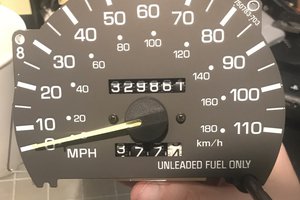
 ROFLhoff
ROFLhoff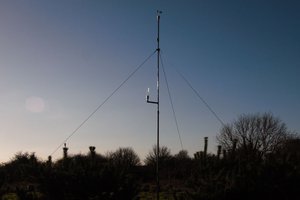
 Capt. Flatus O'Flaherty ☠
Capt. Flatus O'Flaherty ☠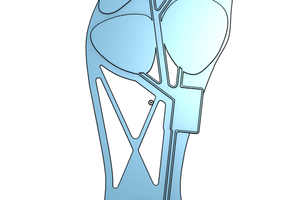
 Simon Merrett
Simon Merrett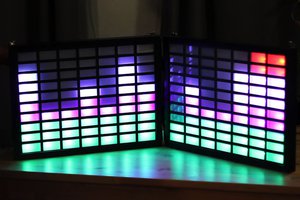
 Alana B
Alana B
it almost seems wearable